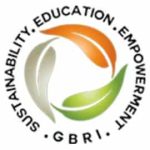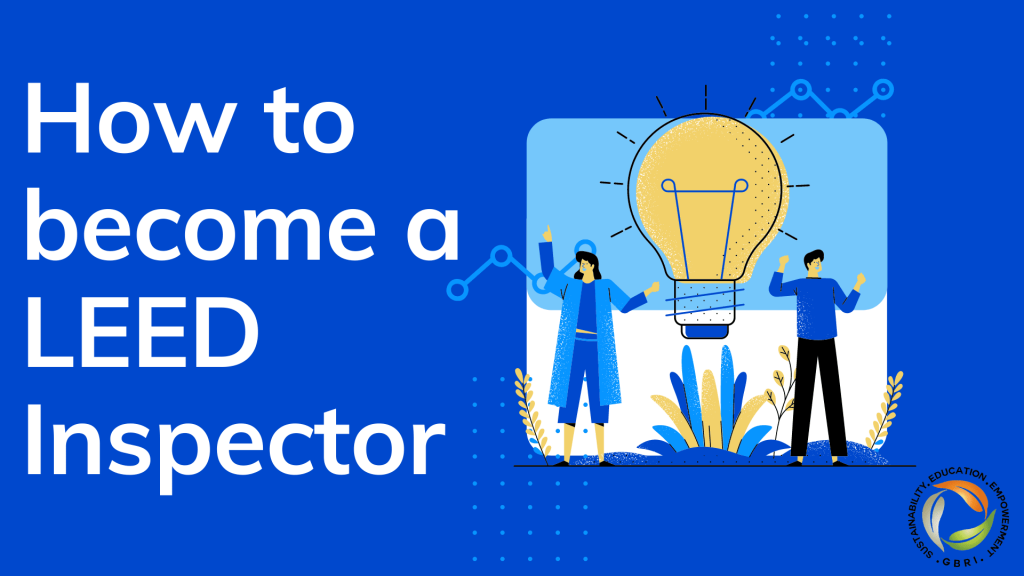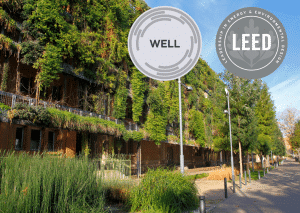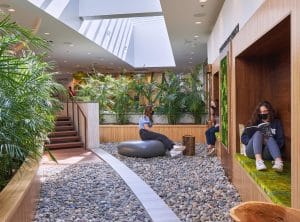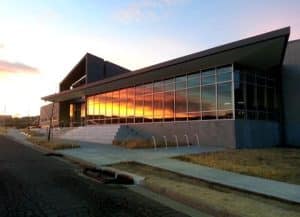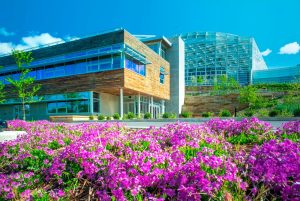Sorry to break the news, but there is no such credential as “LEED Inspector” and hence no one can become one. If you’re talking about a job that involves guiding people in their construction decisions so that their project can earn a LEED certification – well, it is very much a real job, but the person who does all of that is not referred to as a LEED Inspector.
In fact, any professional with an in-depth understanding of the LEED rating system can play that role. In many cases, you will see LEED Administrators, LEED Project Managers, Sustainability or LEED Consultants performing that job.
Yes, you might have actually heard or read about companies wanting to hire ‘LEED Inspectors’ but please understand that this is NOT an official credential. It actually means that the company is looking for professionals who can guide their clients on how to get their project LEED certified.
Now LEED certification involves four main steps:
- Registering your project by completing key forms and submitting payment.
- Applying for LEED certification by submitting your completed certification application through and paying a certification review fee.
- Reviewing your LEED application is reviewed by Green Business Certification Inc. (GBCI).
- Receiving the certification decision from GBCI.
But there is proper planning that goes behind the LEED certification process to ensure success. This involves:
Deciding your budget for LEED certification
LEED certification comes with a cost that could range from a few thousand dollars to over $1 million for large projects.
Now whenever you are establishing a construction budget for a project, it is important to understand the difference between hard costs and soft costs. Hard costs typically include construction costs, furniture, fixtures, equipment costs, purchase of property, etc.
Soft costs, on the other hand, include professional fees, construction financing, etc. Soft costs that are related to the administration of the LEED certification process and provisions of specific services required by LEED should be taken into consideration when deciding your budget for LEED certification.
Please note that classifying soft costs or “added costs” due to LEED certification will vary depending upon project type.
There may also be additional project costs in preparation for certification (an extra 2% on average). On the other hand, you may qualify for government incentives, be able to justify a higher price to your customer, and gain some positive PR into the bargain.
Identifying LEED credits to pursue
After you have estimated the budget for LEED certification, you need to seek out LEED-competent people who will set goals for the project. Your project team will identify LEED credits that you want to pursue and assign them to project team members. This team usually comprises of Project Architect or Designer who takes the lead on sustainable design. Having a designer aware of LEED credits can help you identify the low hanging LEED credits.
Collecting and uploading information and documents
The team members will then collect information, perform calculations and analysis, and prepare documentation demonstrating your achievement of the prerequisites and your selected credits.Once the project is complete, the project team will have to satisfy the intent of several LEED credit categories and earn at least 40 LEED points.
Submission of documents for review by GBCI
Finally, the Green Business Certification Inc. or the GBCI reviews all the LEED project documents by your project team. GBCI will respond with its preliminary review within 20-25 business days, indicating which prerequisites and credits are awarded and which are marked as pending, with a request for more information. You can accept the preliminary review results as final if you are satisfied, or prepare new or revised documentation or attempt additional credits before submitting for final review.
LEED Certification
The last but the most crucial step is, of course, being awarded the final certification report. Although the process may seem long and daunting, it is well worth having that seal of recognition for your efforts in being a greener building.
When exactly do buildings get ‘LEED Inspected’ in this entire process?
Twice! Buildings usually undergo two levels of LEED inspection before they finally get LEED certified: once by a Commissioning Agent, and once by the GBCI.
The Commissioning Agent mainly looks at the energy and sometimes water related components within the building. Depending on the project type, there are options like pre-certification.
Who is a Commissioning Agent?
Technically speaking, a Commissioning Agent is someone who has technical background and in-depth expertise with the commissioning process including verification techniques, functional performance testing, system equipment and O&M knowledge. A Commissioning Agent with LEED knowledge is able to help project teams meet the requirements of LEED certification and earn points toward a higher LEED label. Their job is to verify that the building’s energy-related systems and equipment are installed and functioning as intended.
Who is GBCI?
GBCI is the premier organization independently recognizing excellence in green business industry performance and practice globally. Through rigorous certification and professional credentialing programs, GBCI drives the adoption of green building and sustainable business practices globally.A building’s LEED certification label is ultimately awarded by the GBCI.
Please note that we have been talking about commercial buildings till now. LEED inspections also take place when seeking certification for residential buildings (LEED Home). The person who providesinspection/verification services for LEED residential projects and plays a critical part in the LEED certification of residential buildings is called a LEED Green Rater.
So to conclude we may say that ‘LEED Inspector’ is not a real job, although one can become a LEED Commissioning Agent or a LEED Green rater.
Because commissioning agents often work on LEED projects, it is always advisable to go for the LEED AP specialty credential to actually add an extra point to the project in question. And since LEED certification is based on the number of points a project earns, it’s a no-brainer to have a LEED AP BD+C working on a LEED BD+C project or a LEED AP O+M working on a LEED O+M project.
To become a LEED Green Rater, an individual must:
- Participate in a free 5-hour online course about LEED v4 residential rating systems
- Participate in a 1.5-day LEED Green Rater Workshop and complete an online assessment
- Hold a current LEED AP BD+C or LEED AP Homes credential
- Demonstrate at least 3 years of work experience as a residential contractor, with 2 professional references
- Earn at least 1 CEU for each of the following topics: building envelope, heat transfer, moisture transfer, and air transfer
- Complete the LEED Green Rater application
Now that we have clarified why it is incorrect to call someone involved in evaluating green buildings and ensuring their adherence to set standards a LEED Inspector, let us clear another common misconception.
#1 LEED v4 Exam Prep now available with money back guarantee! Add an impressive LEED credential to your resume in as little as 5 weeks. Register Today!
Once I pass a LEED exam, can I call myself LEED certified?
No. This is because LEED certification is often confused with LEED accreditation. The difference is that buildings get“LEED Certified”whilepeople get“LEED Accredited”.
So once you pass any LEED exam, you become LEED accredited, and not LEED certified.
Types of LEED Credentials:
A LEED credential denotes proficiency in today’s sustainable design, construction and operations standards. Hundreds of thousands of professionals have earned a LEED credential to help advance their careers. There are three different levels of LEED Accreditation:
LEED Green Associate
The LEED Green Associate credential is for people who have a documented, up-to-date understanding of the most current green building principles and practices. This is basically a foundational credential, and for many it is the first step before earning advanced credentials such as the LEED AP with specialty.
LEED AP with specialty
A LEED Accredited Professional (AP) credential signifies an advanced depth of knowledge of green building practices and by extension, an even greater commitment towards sustainable building. Earning a LEED AP credential requires specializing in a specific field. The specialization of LEED designation resembles the specialization of graduate school. To gain higher levels of mastery in a subject, one must specialize. You can specialize in each of the different rating systems of LEED that are listed below –
- LEED AP Building Design + Construction – This rating system includes guidelines for new buildings and old buildings undergoing major renovations.
- LEED AP Operations + Maintenance – This category can be used by building owners and operators to measure operations and maintenance as well as make minor improvements.
- LEED AP Interior Design + Construction – This rating system was designed specifically for tenants leasing a portion of a larger building.
- LEED AP Neighborhood Development – This category integrates the principles of smart growth, urbanism, and green building into the first national program for neighborhood design.
- LEED AP Homes – This was specifically designed for single and multi-family residential structures that are three stories or less.
Get all our #1-selling exam prep package so you can easily pass your LEED credential exams. Register For Your LEED Exam Prep Package Today!
LEED Fellow
LEED Fellows are a highly distinguished class of individuals who are nominated by their peers and have a minimum of 10 or more years of professional green building experience. LEED Fellows must also have achieved a LEED AP with specialty credential.
Now in addition to LEED, projects are also starting to utilize the WELL Building Standard which is one of the newest and the only rating system that addresses the health and well-being of occupants within buildings.
It should be noted that WELL and LEED complement each other, or one can say that WELL takes off where LEED signs off. While LEED is more about becoming energy/resource efficient and saving on utility bills, WELL motivates you to want to better your surroundings to live a healthier lifestyle.
A WELL AP credential distinguishes building professionals who have in-depth knowledge of the WELL Building Standard, building codes and standards in the sustainability industry.
